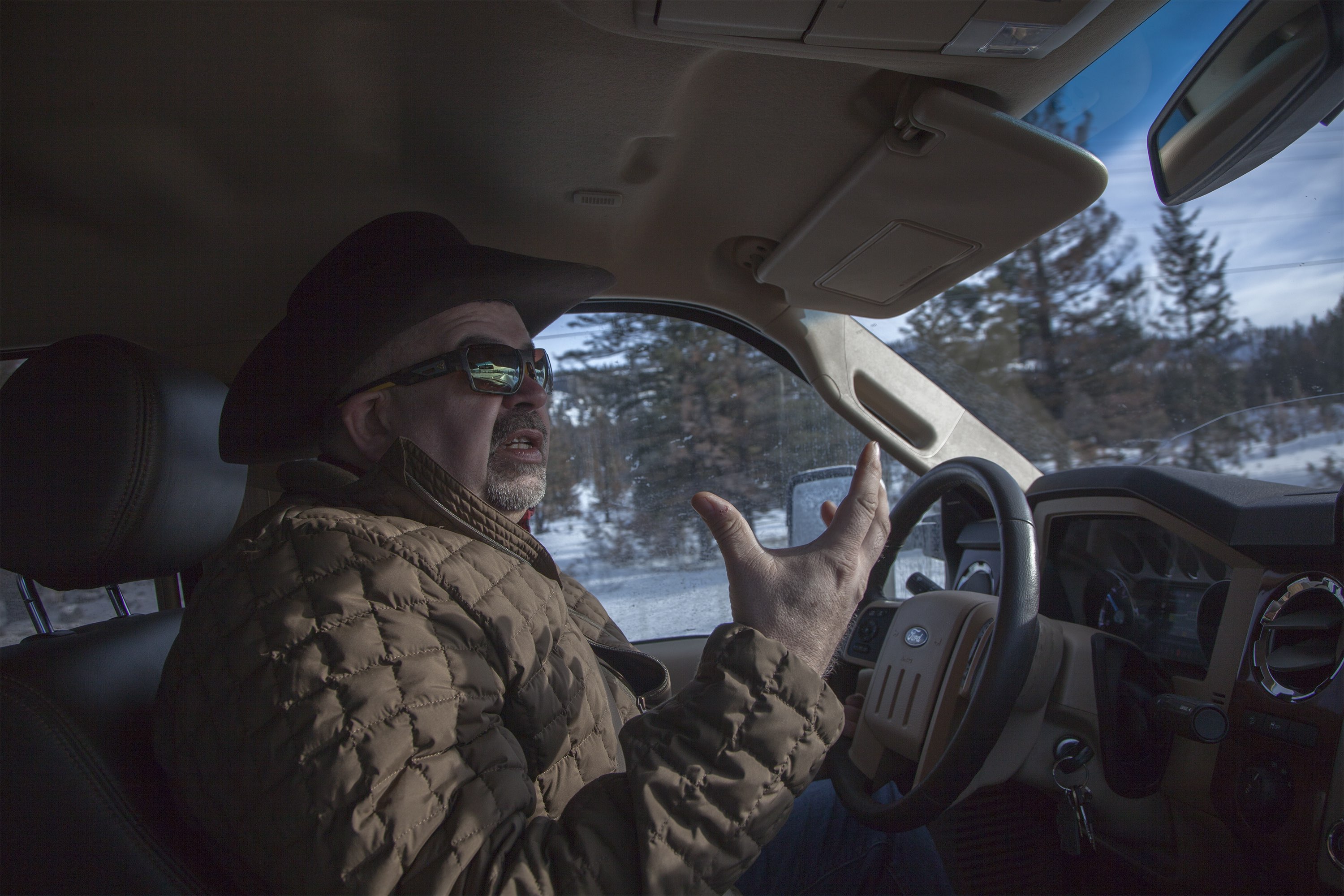Support strong Canadian climate journalism for 2025
Wildfires, state of emergency, video transcript
There's a state of emergency in beautiful British Columbia.
Wildfires are sweeping across the province, and thousands are currently affected by evacuation orders, 3,000 people to be exact.
By the numbers, over 560 wildfires are raging as I speak. Ottawa has sent 200 of their own firefighters to B.C. in order to help combat the firestorms.
There have been over 1,800 since April 1, and 400 of those fires are human caused. That is, they were 100 per cent preventable and never had to happen.
380,000 hectares of forest have burned this year, already. That’s the size of 940 Stanley Parks. 2018 is currently the fourth worst season for wildfires.
Number 1? That was last year, 2017. Where over 1.2 million hectares of forest burned. To put that amount of land into perspective, over one per cent of the entire province of B.C. was on fire last year.
With winds in Canada sweeping from west to east, we can expect wildfire smoke to make its way as far as Ontario. Even residents in Washington State were complaining about smoke from up north filling their skies.
You may have noticed a red or orange tint in the sky when the sun shines through the smoke. That happens because light of longer wavelength, so red light, is able to penetrate the smokey sky. While light of a shorter wavelength, such as blue light, gets scattered easily.
So how do wildfires even start?
Well, with this many wildfires, it’s a combination of both natural and human error.
British Columbia has had an incredibly hot and dry summer, and any spark can trigger a forest consuming blaze.
This spark can be from a lightening storm, or a cigarette butt that wasn’t snuffed out fully. But it's impossible to talk about wildfires today without also talking about climate change.
Experts say forest fires are more frequent, and more intense, because our summers are hotter and drier.
Yes, forest fires happen all the time, and they are an important step in the natural life cycle of a forest. But it’s undeniable that the frequency and intensity of wildfires are increasing.
Of the largest 11 wildfire seasons in British Columbia since 1950, five of them have come since 2010.
It’s not just in B.C., fires burn bright all along the west coast of North America — with current wildfires in California being the largest the state has ever faced. This year, alone, California has seen over 8,000 forest fires, covering over 370,000 hectares — about the same area as the fires we’re seeing in BC.
And the heat doesn’t seem to be relenting anytime soon.
British Columbia will be entering it’s fifth heat wave of the season this weekend. It’s going to be a long summer on the west coast.







Comments
British Columbia used to include GHG emissions resulting from "natural disturbances" (e.g. wildfires, insect infestations such as the mountain pine beetle), but now that forest as become a major "source" of GHG emissions instead of a "sink", these emissions are not included in the annual B.C. report on GHG emissions in the province.
The same is happening at the federal level where GHG emissions from the managed forest in Canada (65% of Canada's total forest area) are not included in Canada's annual report on GHG emissions.
"In 2015, total net emissions of carbon dioxide equivalent (CO2e) from Canada's managed forest were about 221 million tonnes (Mt).
Total net emissions are calculated by adding emissions/removals caused by human activities to emissions/removals caused by large-scale natural disturbances in Canada's managed forest.
Human activities in Canada's managed forest accounted for removals of about 26 Mt CO2e in 2015, while large-scale natural disturbances accounted for emissions of about 247 Mt CO2e in 2015. In this way, the 247 Mt CO2e emissions minus the 26 Mt CO2e removals equals the 221 Mt CO2e net emissions.
As a party to the United Nations Framework Convention on Climate Change (UNFCCC), Canada must report annually on greenhouse gas (GHG) emissions from the managed forest."
(source: Natural Resources Canada, Sept 28, 2017, Indicator: "Forest carbon emissions and removals")
Canada's total GHG emissions in 2015 were 722 Mt CO2e.